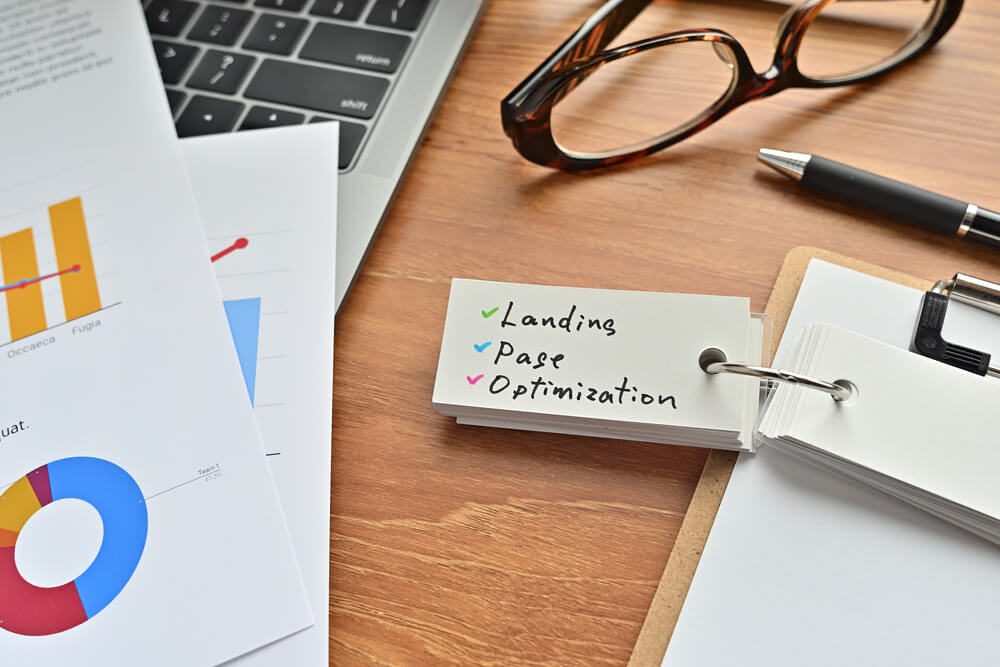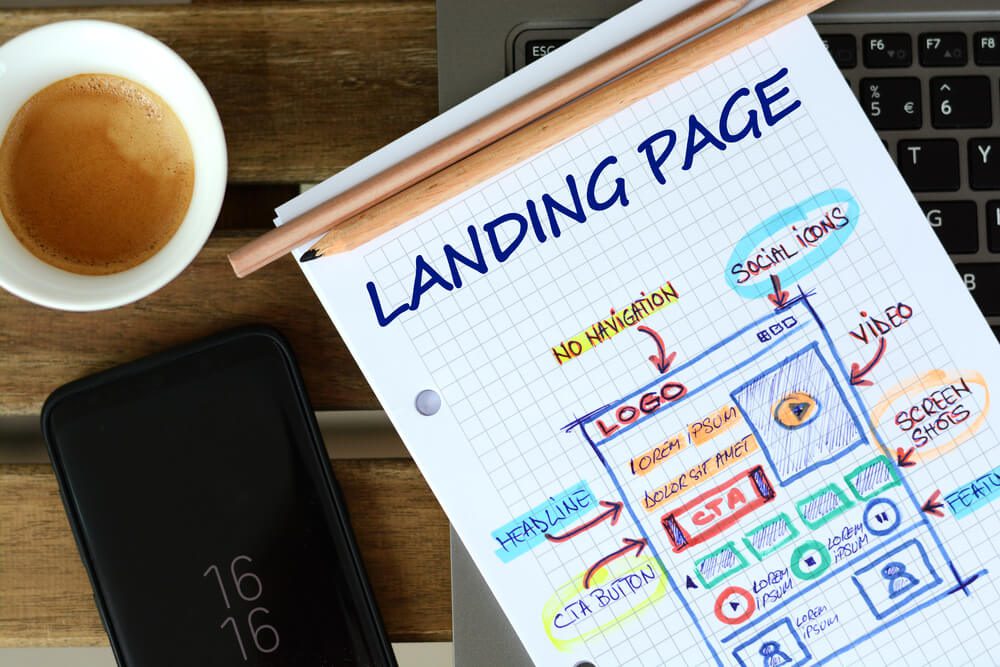
Best Practices for PPC Campaign Landing Pages
Your PPC campaigns and ads are on fire, impressions are up, click-through rate skyrocketing, and CPC is down, so why aren’t you getting any conversions? Well, you will be pleased to know that you aren’t the only person in this position. Businesses everywhere neglect the step of creating PPC landing pages, which is crucial to the success of your campaigns.
The purpose of PPC advertising is to get high-quality targeted traffic to your website – it is your responsibility to do the additional work to keep them there. PPC landing page best practice depends on the overall aim of your campaign, but there are a few consistent rules businesses should follow to ensure their landing pages work.
Message Match

If the message of your ad and your landing page don’t align, you can expect zero conversions.
Whether your ad is text-based or includes images and video – this content is what drew the user to your website. If they land on an entirely different page that does not resemble what persuaded them to click, they will immediately bounce. There are multiple ways to achieve the best possible message match. It could be using similar imagery, colors, styles, phrases, and offers.
Do not underestimate message match. A study conducted by Moz highlighted a 200% increase in conversions after optimization. What's more, CPC (cost per conversion) dropped by 69%.
Message match gives all of your PPC campaigns consistency, ensures the user journey is relevant and maintains your user's interest for longer. This is the most crucial element in making campaigns successful.
Keyword Consistency
While this also forms part of message match, we gave keyword consistency its own section because of its importance to SEO. You may decide that the PPC landing page design you’ve created would also help your organic rankings. Therefore, we suggest keeping the keywords you’ve used in your ads consistent. Not only does this give you a streamlined message for your ads. It also gives your newly created landing pages the chance to rank highly in SERPs.
Clear Call to Action
The nature of your business will dictate what a conversion is and the overall goal of the PPC landing pages you create. Whether you are looking to make a sale, generate a sign-up, capture data, or produce an inquiry, you must make sure your call to action is clear, consistent, and aligned to what your target audience likes to do.
One or two strong calls to action repeated throughout the page are preferred. If users need further information before committing to the conversion, they are savvy enough to explore the rest of your website via the navigation bar or footer. Your focus should remain on giving them a consistent message and enough information to convert there and then.
Get to the Point
One of our top PPC landing page tips is to consider them as a highly refined homepage. You wouldn’t want to be overloaded with information and a ridiculous amount of reading, would you? When constructing the content for your landing page, you need to present it in a punchy, easy-to-read, and understandable format. No matter your product or service, you have got to cater to every level of consumer knowledge.
If you need to link to other areas of your website to provide further details – do it. In fact, that’s beneficial because you are putting things into place to keep users on your website for longer, exposing them to information that they would not otherwise have known, and increasing the chance of a conversion.
Noindex PPC Landing Pages

We have spoken about keyword inclusion for SEO – now you will learn how landing pages can be detrimental to SEO. If you’re creating a location-based PPC campaign targeting multiple towns and cities, you’re probably going to replicate the same page and only change the name of each place in the content. While this will be highly effective for PPC, you’ll be penalized for duplicate content when Google crawl bots see this.
If you think your PPC landing pages are all similar and will be considered duplicate content, you can resolve this by adding a noindex tag to them. A noindex tag tells Google not to look at this page, and if it does, not to add it to organic listings, protecting your SEO rankings.
PPC Landing Page Best Practices
In addition to the explanations above, here’s a breakdown of PPC landing page tips that you can implement when creating designs and writing content. When doing this work, never forget which campaign this landing page is for, its purpose, message, and overall goal.
- Include the most important keyword or phrase in the header section, preferably the title.
- Be to the point by adding benefits as early as possible on the page.
- Carry content themes, phrases, and offers over from the ad copy to give users a consistent message.
- Present a clear and obvious call to action in the header and repeatedly throughout the page.
- The content layout should be easy-to-read. Try to use very short paragraphs in columns or bullet point lists for user-friendliness.
- Use headers and subheaders effectively by including keywords and the benefits of your product or service.
- Users trust peer opinions and feedback more than your words. If you have reviews, case studies, or testimonials, you should include them on landing pages. Alternatively, for B2B businesses, using logos of your recognized customers will work too.
In Summary
The importance of landing pages should never be overlooked. When executed correctly, PPC landing pages have the power to transform your campaigns from conversionless to conversion powerhouses. Once you’ve aligned your messaging, nailed your content structure, and settled on your desired call to action, you’re going to see results like never before.
Digital Authority Partners is a well-recognized all-encompassing digital marketing agency with the team, knowledge, skills, and tools to build your PPC campaigns from start to finish. If you need expert assistance, you know where to go.
Want To Meet Our Expert Team?
Book a meeting directly here




